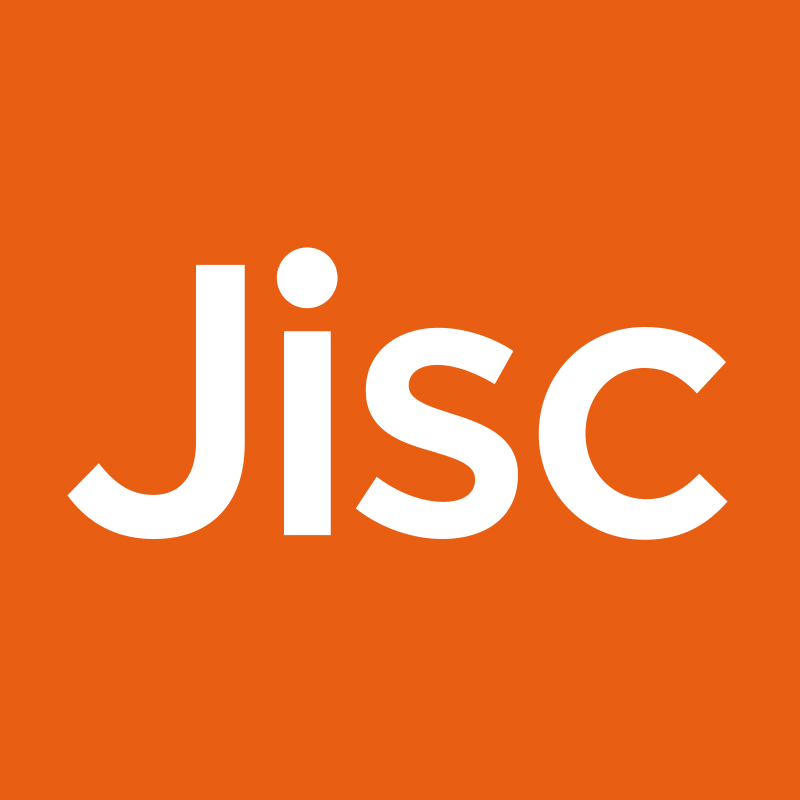In the last week, in preparation to bidding for the current eContent Capital programme, many institutions have made contact with Programme Managers to discuss their project ideas. Part of these conversations have focused around issues of learning resources creation, as projects in Strand A are asked to digitise special collections and then create Open Educational Resources (OER) by using the digitised material.
Learning resources can be wide ranging in type and differ substantially depending on their level of granularity and the degree to which digital content is embedded within a learning activity – as outlined in the OER infoKit.
A useful way of thinking about this range is through “the raw and the cooked” analogy – where a ‘raw’ resource is one at its most basic manifestation (eg a digital image) while a ‘cooked’ one at its most sophisticated level of interaction and embedding (e.g. interactive resources that involve a variety of tasks, aimed at specific learning outcomes or even integrated within learning designs).
The slides below highlight some of the learning resources produced by JISC funded projects which exemplify the “raw-to-cooked” range.
